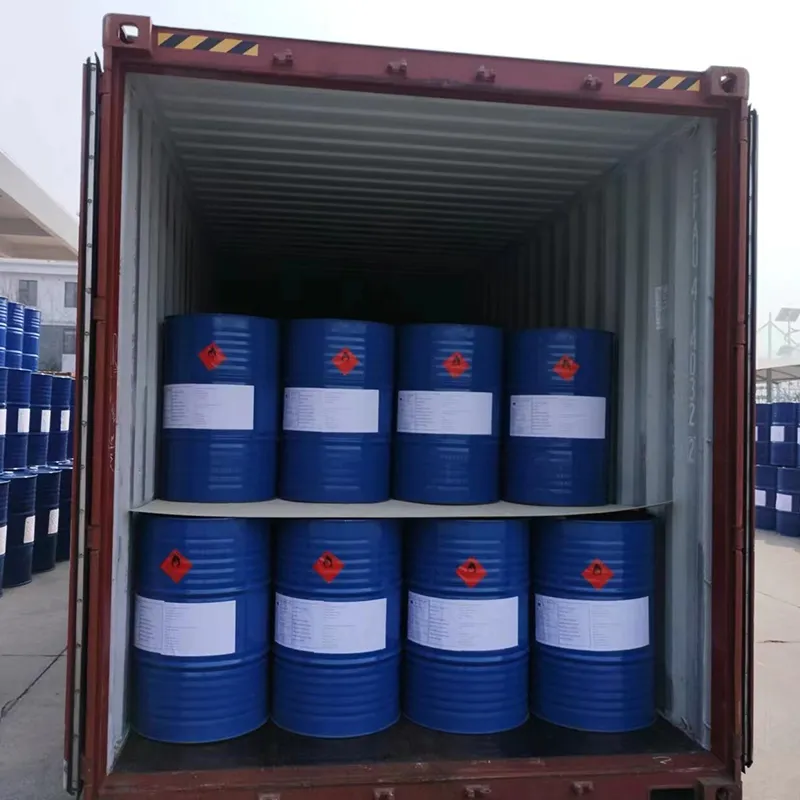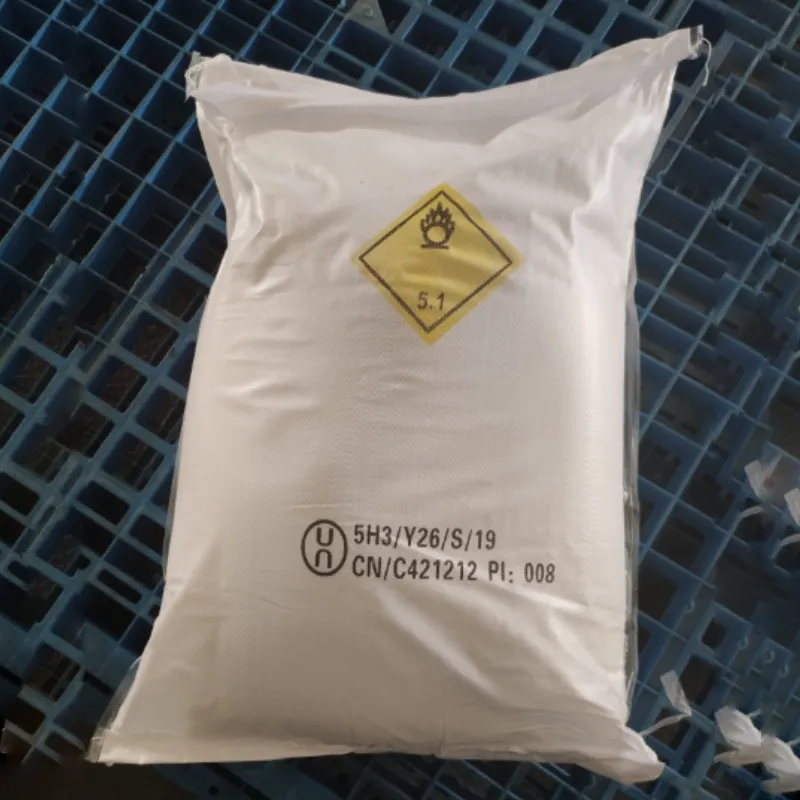TEL: 0086-311-88862036

Feb . 13, 2025 15:50
Back to list
flavor enhancer monosodium glutamate
Monosodium glutamate, commonly referred to as MSG, is a food enhancer that has long stirred both curiosity and debate amongst food enthusiasts, scientists, and health experts. The umami-boosting compound traces its roots back to Japan in the early 20th century and since then has been perceived by some consumers as a miraculous ingredient for its ability to elevate dishes with minimal effort. For others, it's a misunderstood controversial additive. Regardless of the opinions, MSG undeniably occupies a significant place in the culinary world, making it an important topic for anyone interested in the nuances of flavor enhancement and food chemistry.
In addressing the controversies surrounding MSG, it’s essential to explore the scientific basis that fuels differing viewpoints. Historically, MSG encountered criticism due to anecdotal reports of adverse effects collectively labeled as Chinese Restaurant Syndrome or CRS, following a letter published in 1968 in the New England Journal of Medicine. Symptoms reportedly included headaches, flushing, and palpitations. However, scientific investigations and comprehensive studies undertaken by global health organizations, such as the Food and Drug Administration (FDA) and the World Health Organization (WHO), have consistently provided assurance about MSG's safety. These bodies affirm that MSG is a safe food additive when consumed within reasonable limits. Recognizing the distinction between myth and scientifically-backed facts aids in rebuilding its reputation among skeptical consumer bases and instilling confidence in its usage. Furthermore, it’s worth noting that MSG plays a key role in various cultural cuisines worldwide, from Asian to Western domestic kitchens, demonstrating its wide acceptance and diverse application. For instance, MSG is prevalent in East Asian dishes, providing depth and harmony in flavors, while in Western cuisines, it is often found enhancing snacks and processed foods. By understanding MSG’s cultural and historical significance, chefs and food enthusiasts can embrace the richness it imparts to a variety of gastronomic creations. Ultimately, the discourse on MSG as a food enhancer requires revisiting the broader picture food is an expression of art, culture, and innovation. MSG can be likened to a painter’s brush; it allows chefs to paint the perfect palate picture. With expertise growing on its responsible usage and benefits, reluctance surrounding its perception slowly ebbs. Embracing MSG as a thoughtfully utilized tool rather than vilifying it enables culinary experts to leverage its potential, creating memorable dining experiences while addressing consumer health needs. In conclusion, in the intricate ballet of flavors and tastes, MSG continues to shine as a food enhancer, offering culinary artisans the ability to push the boundaries of flavor while reinforcing dishes' authenticity and inventiveness. The path forward includes informed use, educational outreach, and transparent communication, nurturing trust among consumers and reaffirming MSG's rightful place in the panorama of food enhancement.


In addressing the controversies surrounding MSG, it’s essential to explore the scientific basis that fuels differing viewpoints. Historically, MSG encountered criticism due to anecdotal reports of adverse effects collectively labeled as Chinese Restaurant Syndrome or CRS, following a letter published in 1968 in the New England Journal of Medicine. Symptoms reportedly included headaches, flushing, and palpitations. However, scientific investigations and comprehensive studies undertaken by global health organizations, such as the Food and Drug Administration (FDA) and the World Health Organization (WHO), have consistently provided assurance about MSG's safety. These bodies affirm that MSG is a safe food additive when consumed within reasonable limits. Recognizing the distinction between myth and scientifically-backed facts aids in rebuilding its reputation among skeptical consumer bases and instilling confidence in its usage. Furthermore, it’s worth noting that MSG plays a key role in various cultural cuisines worldwide, from Asian to Western domestic kitchens, demonstrating its wide acceptance and diverse application. For instance, MSG is prevalent in East Asian dishes, providing depth and harmony in flavors, while in Western cuisines, it is often found enhancing snacks and processed foods. By understanding MSG’s cultural and historical significance, chefs and food enthusiasts can embrace the richness it imparts to a variety of gastronomic creations. Ultimately, the discourse on MSG as a food enhancer requires revisiting the broader picture food is an expression of art, culture, and innovation. MSG can be likened to a painter’s brush; it allows chefs to paint the perfect palate picture. With expertise growing on its responsible usage and benefits, reluctance surrounding its perception slowly ebbs. Embracing MSG as a thoughtfully utilized tool rather than vilifying it enables culinary experts to leverage its potential, creating memorable dining experiences while addressing consumer health needs. In conclusion, in the intricate ballet of flavors and tastes, MSG continues to shine as a food enhancer, offering culinary artisans the ability to push the boundaries of flavor while reinforcing dishes' authenticity and inventiveness. The path forward includes informed use, educational outreach, and transparent communication, nurturing trust among consumers and reaffirming MSG's rightful place in the panorama of food enhancement.
Latest news
-
What Is a Food Additive? Global Insights, Applications & Future TrendsNewsNov.24,2025
-
968 Sweetener: The Modern Solution for Health-Conscious SweeteningNewsNov.23,2025
-
Discover the Benefits and Uses of 965 Sweetener (Erythritol) | Tenger ChemicalNewsNov.23,2025
-
961 Sweetener - A Next-Gen Sugar Alternative for Health and IndustryNewsNov.23,2025
-
Understanding 960 Sweetener: The Modern Sugar Alternative for Health and IndustryNewsNov.22,2025
-
Everything You Need to Know About 955 950 Sweeteners – Benefits, Uses, and TrendsNewsNov.22,2025
-
953 Sweetener: Global Insights, Applications, and Future TrendsNewsNov.21,2025
HOT PRODUCTS
Hebei Tenger Chemical Technology Co., Ltd. focuses on the chemical industry and is committed to the export service of chemical raw materials.
-

view more DiethanolisopropanolamineIn the ever-growing field of chemical solutions, diethanolisopropanolamine (DEIPA) stands out as a versatile and important compound. Due to its unique chemical structure and properties, DEIPA is of interest to various industries including construction, personal care, and agriculture. -

view more TriisopropanolamineTriisopropanolamine (TIPA) alkanol amine substance, is a kind of alcohol amine compound with amino and alcohol hydroxyl, and because of its molecules contains both amino and hydroxyl. -

view more Tetramethyl Thiuram DisulfideTetramethyl thiuram disulfide, also known as TMTD, is a white to light-yellow powder with a distinct sulfur-like odor. It is soluble in organic solvents such as benzene, acetone, and ethyl acetate, making it highly versatile for use in different formulations. TMTD is known for its excellent vulcanization acceleration properties, which makes it a key ingredient in the production of rubber products. Additionally, it acts as an effective fungicide and bactericide, making it valuable in agricultural applications. Its high purity and stability ensure consistent performance, making it a preferred choice for manufacturers across various industries.





